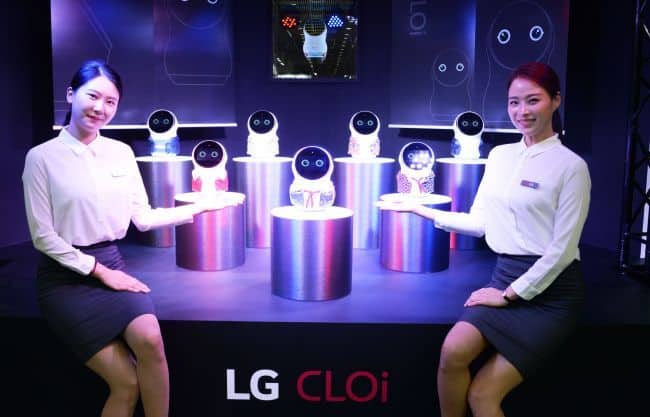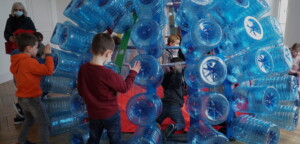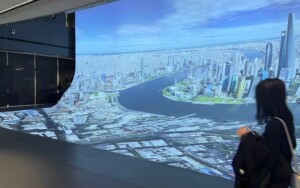LG has announced the CLOi DisinfectBot, an UVC-emitting robot that kills microbes. It joins a growing number of disinfection tools using UVC.
Even with the promise of mass vaccination, effective disinfection is still a key element in containing the spread of Covid-19. Museums, theme parks and other attractions are seeking ways to ensure their venues are as safe as possible and thorough disinfection is part of this protocol. Robots using UVC offer large benefits as effective ways of sterilising not just surfaces but also the air, particularly in indoor areas of attractions.
LG Electronics is set to introduce the CLOi robot at the 2020 Korea Electronics Show being held at the Digital Innovation Centre in Seoul. The robot stands 160 centimetres high and contains panels with ultraviolet-C (UVC) lamps. LG claims it is 99.9 percent effective in killing bacteria coliform and staphylococcus aureus from a metre radius. The robot has autonomous driving technology allowing it to move easily around obstacles. LG is also developing a different robot that will spray disinfectant rather than use the UVC lamps.
LG is not the only company with UVC disinfection robots. Xenex has launched the LightStrike robot which can kill 99.9 percent of SARS-CoV-2 virus in two minutes at a distance of one metre. “Pathogens have evolved, but our tools to clean the environment have not,” said Mark Stibich, chief science officer and co-founder of Xenex. “We need a new tool to fight them, not just a mop and bucket.”
What is UVC?
UVC is a form of ultraviolet light, shorter than UVA and UVB. It has a wavelength of between 100 to 280 nanometres (nm). It is the type of UV light understood to be most effective at killing germs, and is commonly used to disinfect, surfaces, air and liquids. Different wavelengths disable viruses in different ways. The most common wavelength for germicidal light is 254nm which damages the viral DNA or RNA so the virus cannot reproduce. Meanwhile far UVC (between 207 and 222 nm in wavelength) damages proteins on the surface of the virus so it can’t attach to human cells.
As Blooloop reported recently, many companies have been researching and developing applications for UVC light and these innovations have far-reaching possibilities for the attractions industry.
Can UVC kill Covid-19?
Recent studies have shown that UVC light can be effective in killing large amounts of the new coronavirus. A study in The American Journal of Infectious Control (AJIC) found that UVC light exposure inactivated the virus entirely within nine minutes. Another study, also reported in the AJIC found that far-UVC light reduced live coronavirus by 99.7 percent in 30 seconds.
Disinfecting robots
Disinfecting robots are efficient, thorough and time-saving. However they also offer another major benefit – safety. UVC does not appear to cause skin cancer or cataracts (as UVA and UVB can) but doctors are concerned that it could affect human eyesight. Evidence shows that far-UVC light is the safer form of UVC light as it doesn’t penetrate beyond the outer (dead) layer of skin cells and the liquid film on the eyes. Unlike standard UVC, it doesn’t cause ‘welder’s flash’. Research is underway on the potential effects on human eyes. “I would like to see more research on longer term exposure before I am convinced,” said Karl Linden, professor of environmental engineering at the University of Colorado talking the US National Institutes of Health.
Disney is heavily committed to researching robot applications including sculpting and Spider-Man stuntronics.













